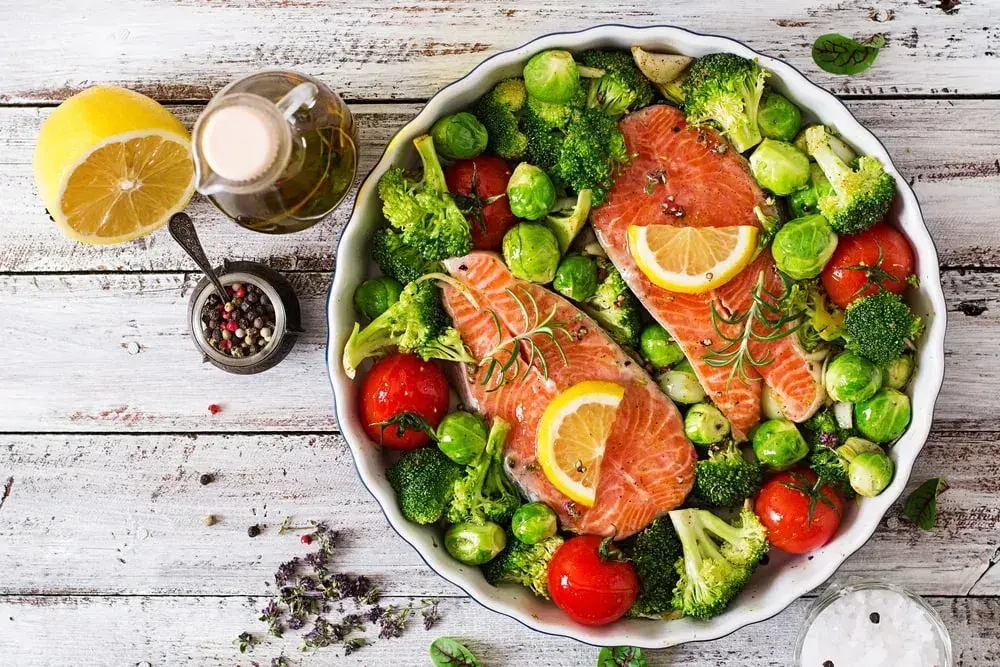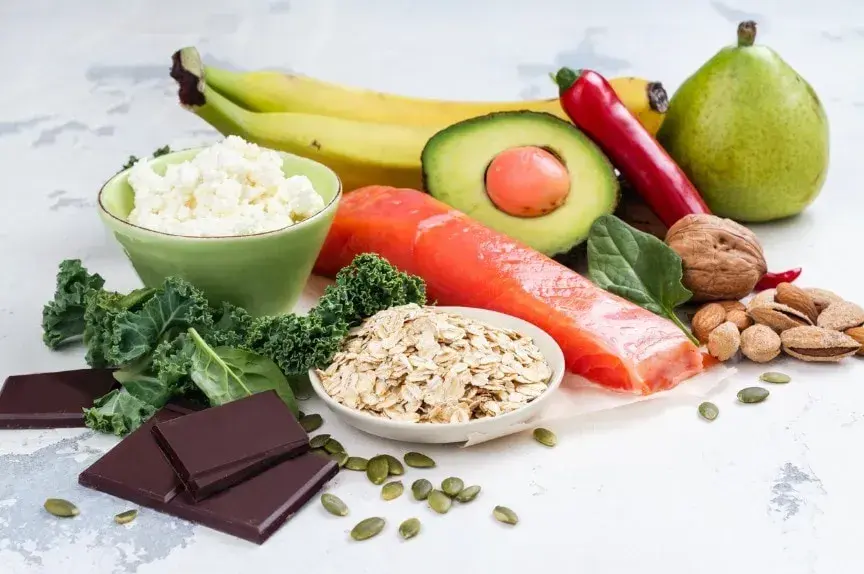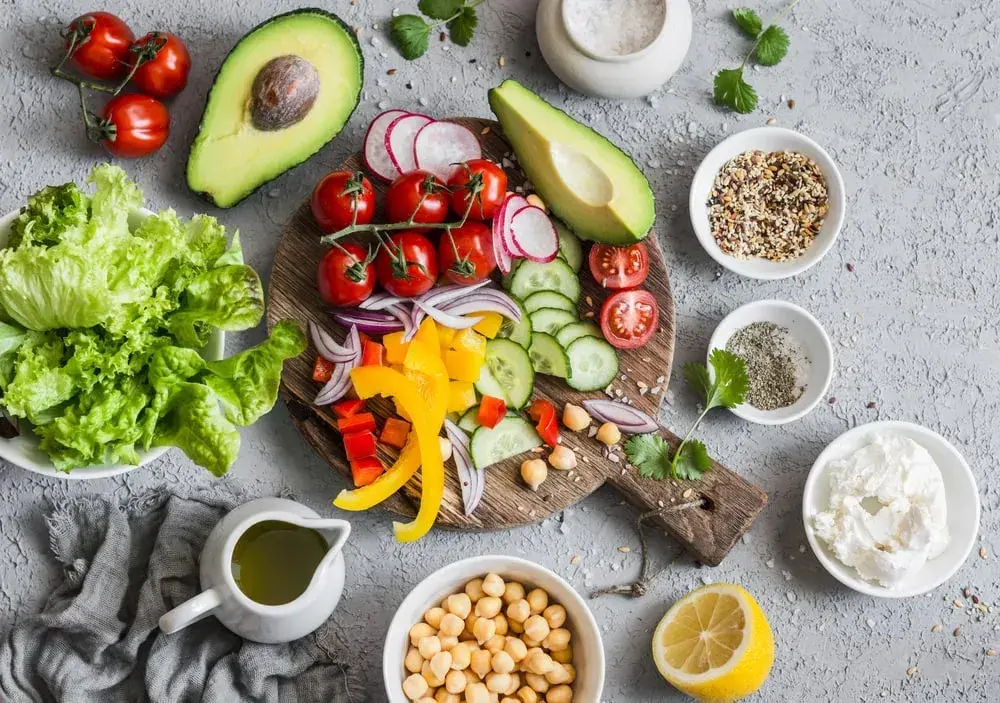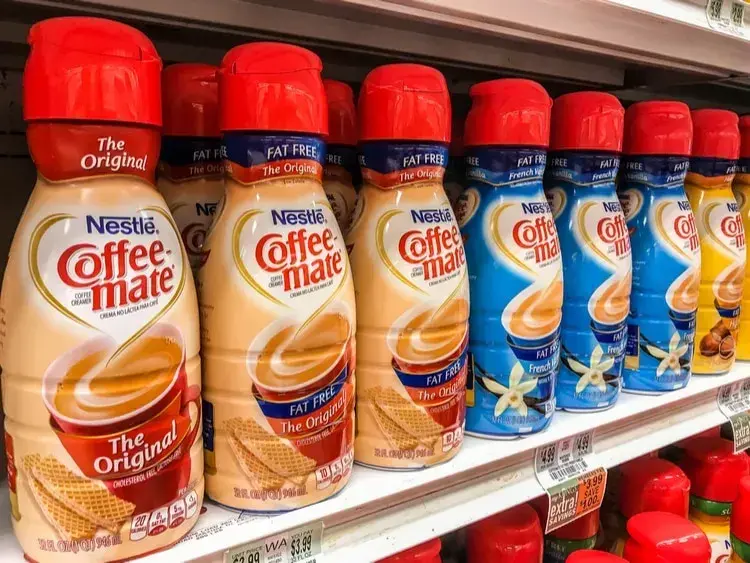
/assets/images/provider/photos/2579243.jpg)
Have you ever tried a low-glycemic diet? A low-glycemic diet is one that focuses on foods with a low glycemic index, which is a number that indicates a food’s effect on blood sugar levels. The lower a food’s GI, the more slow and steady its effect on blood sugar levels.
At Garcia Weight Loss, we have found that a low-glycemic diet is the best approach for promoting healthy, sustainable weight loss and other positive changes in the body, such as improved blood glucose control and a lower risk of heart disease.
What is the glycemic index?
The glycemic index is a measure associated with the carbohydrates in a particular food. When you eat carbohydrates, your digestive system breaks down the carbohydrates into sugars that enter your bloodstream and raise your blood sugar level. A food’s GI represents how much a person’s blood sugar will rise two hours after eating the food.
The glycemic index is divided into three categories:
- Low-GI foods have a glycemic index of 55 or less
- Medium-GI foods fall between 56 and 69
- High-GI foods are those with a glycemic index of 70 or higher
Foods with a lower GI cause a slower and more steady increase in blood sugar levels, which helps keep blood glucose under control. Foods with a higher GI cause a rapid spike in blood sugar, leading to an increase in the amount of insulin released by the body. Having continually high levels of insulin has been linked to obesity, heart disease, and cancer. It can also cause your body to become resistant to the effects of insulin, which triggers your body to release even more. People who are already insulin resistant or who have diabetes should be especially careful about choosing low-GI foods.
Factors that influence glycemic index
Several factors determine the GI value of a food, including the type of sugar it contains, the structure of the starch, how refined the carbohydrate is, and even the cooking method used. Generally speaking, foods that are more processed or easier to digest have a higher GI. Certain processing methods can disrupt starch molecules, which increases glycemic index.
Different forms of sugar or sweeteners have different GI values. For example, maltose has a GI of 105, while agave syrup is only 15. Sugar alcohols such as erythritol or mannitol have a very low GI of 1 or 2, while stevia has a GI of 0.
The overall nutrient composition of the food has an effect on GI as well; the presence of fat or soluble fiber in a food can slow the rate of digestion, which lowers the GI.
The GI level in fruits will change depending on their ripeness. A ripe fruit will have a higher GI than the same type of fruit in a less ripe or unripe state.
Keep in mind that GI does not take into account how much of a food you’re eating. The more total carbohydrates you consume, the greater the effect on your blood sugar.
Benefits of a low-glycemic diet
A low-glycemic diet focuses on foods that have a lower risk of increasing blood sugar levels in the body. Research has indicated that low-GI diets have been associated with long-term lower blood sugar and a reduce risk of developing type 2 diabetes.
Maintaining healthy blood sugar levels is important. Not only does chronically high blood sugar increase the risk of insulin resistance and diabetes, it’s also associated with an increased risk of heart disease, stroke, kidney damage, nerve damage, and eye damage.
Low-glycemic diets have also been shown to:
- Lower total cholesterol by 9.6% and LDL cholesterol by 8.6%, which in turn lowers the risk of heart disease. Elevated LDL cholesterol is associated with a greater risk of heart disease and stroke.
- Promote weight loss. Although research on the long-term weight-loss effects of low-GI diets is limited, studies have shown that a five-week low-glycemic diet resulted in significant weight loss and decreased hunger in non-diabetic adults.
- Reduce cancer risk. High-GI diets have been associated with an increased risk of certain cancers, including endometrial, colorectal, and breast cancer.
Recommended foods for a low-GI diet
When choosing foods for a low-GI diet, avoid any foods with a high GI. These include:
- Grains, including wheat, rice, and corn
- Sugar and other sweeteners such as honey or maple syrup
- Processed foods such as cookies and other baked goods
- Potatoes
- Pasta and couscous
- Breakfast cereals
- Popcorn
- Legumes
- Porridge or oatmeal
- Sweet fruits such as watermelon and pineapple
Some foods are not typically included in the glycemic index, because they do not contain carbohydrates or their carb content is low enough that they are considered “free” foods. All of these foods can be included in a low-glycemic diet. These include:
- Non-starchy vegetables such as asparagus, bell peppers, broccoli, Brussel sprouts, and cauliflower
- Leafy greens such as spinach, kale, collard greens, and Swiss chard
- Low-sugar fruits such as avocado, cucumbers, olives, and tomatoes
- Meats, such as beef, chicken, pork, lamb, and eggs
- Fish and seafood
- Nuts
- Healthy fats and oils, such as olive oil and avocado oil
- Herbs and spices
Other foods can be consumed in moderation, such as fruits and vegetables that rate slightly higher on the glycemic index. These include:
- Apples
- Berries
- Citrus fruits
- Pears
- Peaches
- Mangoes
- Carrots
- Sweet potatoes
- Pumpkin
- Beets
Use caution with dairy products, especially milk, which can be high in lactose. Try unsweetened dairy substitutes such as almond milk or coconut yogurt.
It’s important to remember that a food’s GI is not the only indicator of its health value. For the healthiest diet, it’s best to consume as few processed foods as possible and focus on fresh, whole vegetables, low-GI fruits, lean proteins, and healthy fats.
Need help achieving your weight-loss and wellness goals? Garcia Weight Loss offers personalized weight-loss programs designed to help you look and feel your best. Contact us today for your no-cost consultation!



